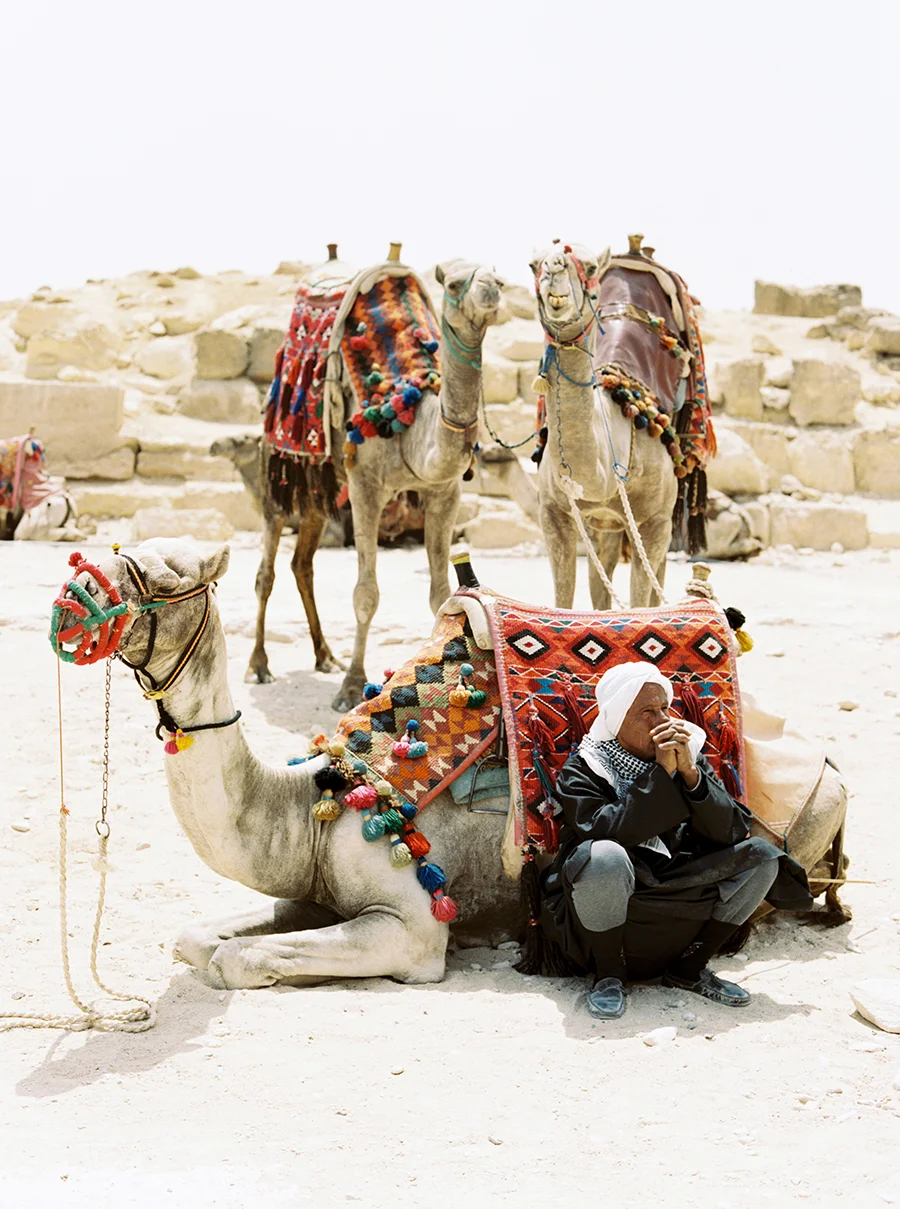Safi Women's Association for Social Development
Like a chalk line, snapped hard, but not at all precisely, between the parched hills of Jordan and the almost suffocating quiet shores of the Dead sea lies a ribbon of dusty road that leads to the Lowest Point on Earth. The road is quiet and desolate in most spaces, but sprinkled haphazardly with small picnics, pre wadi hike meets and greets, umbrella'd plastic tables, rental sheesha pipes, cold sodas in old reach-in coolers that are plugged into seemingly endless extension cords that draw their electricity from God only knows where.When you reach the Dead Sea from Amman, after a quite a long downhill slide, one is hit with a most sobering feeling, heat and flies not withstanding, that you have reached the center of the Earth. Trekking another 30 minutes down the road however, away from the resorts, snaking along the surprisingly alive Dead Sea awash with a watercolor of a million shades of blue, you reach Ghawr as-Safi. A town that really is The Lowest Point on Earth. Like living in the wettest place on earth or the coldest, there are challenges that come with these extremes and they are often not for the faint of heart.Ghawr as Safi is a modest town, it isn't unlike many other Jordanian towns, dusty and largely devoid of color with a smattering of cats sleep lazily beneath cars. The village is situated in a region where farming is difficult, due to limited fresh water and the distance from any major city, making work and providing for families particularly difficult for women, not to mention limitations already imposed upon them because of their gender. Down a narrow lane in a residential neighborhood, in a modular stone house lives the Safi Women’s Association for Social Development, aided by UNESCO.Earlier in the year I was able to visit the cooperative and meet some of the ladies that run the show and learn about the birth of the the project and the dying process. Using the dried husks of pomegranates, madder root, eucalyptus bark they create natural dyes and impart color into cotton. They then turn the fabrics into a variety of home goods and fashion pieces.In addition to learning to using dyes created from elements sourced locally, in 2014 a group of Safi women visited India with UNESCO to learn to cultivate Indigo plants, to harvest and process them for dying. During the Islamic period, this exact village was famous for its Indigo plants, but the plants and industry later died out and the region was devoid of almost all blues, except, of course, for the blues that plagued the women when they were left with few options to sustain their families. With handfuls of seeds and hearts full of hope, the women returned to their home in Jordan, from India and began to mother the plants and awaken an ancient treasure.Visiting the cooperative is like hanging out with a tight knit sorority, while they take their business is very seriously, the coops success is based upon experimentation with new colors and new designs and it thrives on camaraderie, the sharing of food and laughter, and ideas. They open their studio guests and provide dying workshops followed by an enormous traditional Jordanian lunch on their rooftop terrace.For more information visit:http://www.unesco.org/new/en/amman/projects/culture/empowering-rural-women-in-the-jordan-valley/partners/ghor-el-safi-women-association-for-social-development/














